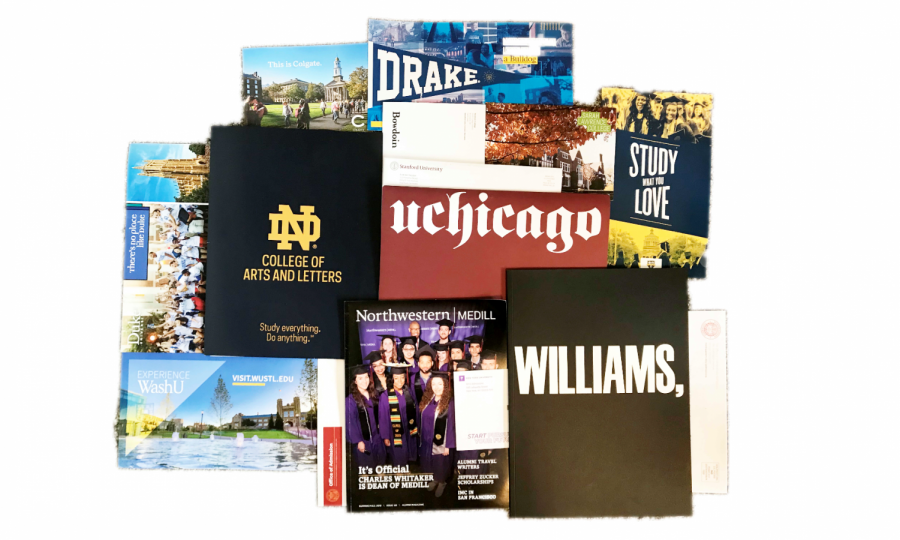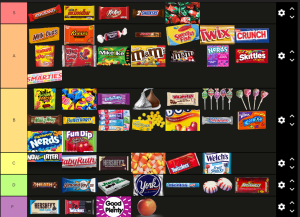College Admissions & COVID-19: what is changing
Colleges are sending out waves of informational post cards and letters to college-bound students with hopes of recruiting them.
April 9, 2020
It is quite obvious that the world has been turned upside down and back around because of dear COVID-19, and it is no secret there are going to be changes to just about everything, including one of the greatest stressors for high school students: college admissions. At this point in time, a lot of things are up in the air, leaving much room for speculation, but there are some indicators as to how things might play out for the 2020 graduating class and even the class of 2021.
Starting in February and March many universities across the nation responded to the COVID-19 pandemic and sent their students off campus and implemented substitutional online learning. They have also had to go online with their recruiting process, offering virtual tours, seminars and improving their websites all to inform students about their school from afar. A few other universities have implemented a one year only or short term test optional policy mostly pertinent to those applying for the fall of 2021, including Boston University, Tufts and University of California schools. It’s hard to say how many other institutions will follow this example, but all these measures do show one thing: schools are making accommodations.
The traditional college decision deadline nationwide is May 1. It is pretty safe to say that colleges will not be up and running before then to give high school seniors the opportunity to tour different campuses and get a feel for the university before that deadline. So, what is the class of 2020 to do? Yes, there are virtual tours, but in a day and age where college decisions are allegedly decided by a college’s “feeling” or “vibe” a virtual tour just might not cut it. Some colleges and universities have responded to this concern by pushing back these decision deadlines to June 1 or later. Some of the more notable institutions to do so are Augustana University, Creighton University, Iowa State University, North Dakota State University and University of Nebraska Lincoln. But many deadlines still remain May 1, a fast approaching date.
There is also another area of concern: money. With the economy in bent up shape, different investment portfolios (including many college funds) have dropped significantly. Additionally, as a part of a response to the current financial situation, Section 529 of Edelman Financial Engines proposed measures to congress allows for funds to be drawn from College savings and Tuition Prepayment plans without any sort of penalty, hopefully aiding those hitting hard times, in turn this could shrink the available funds to the college-bound students intended to use those fund. However, that only affects those fortunate enough to have some sort of college savings. As the fear of unemployment rises many are beginning to predict there will be a drop in the amount of low income students attending college. A Politico article indicates that some low income students are considering not even enrolling for the fall semester, including those already well into their degrees. Instead of dropping out or not attending, other individuals are making decisions to attend closer to home, cheaper schools. It is impossible to know yet just how many students will face circumstances like these, but it is a fairly certain assumption that a change will be seen.
Colleges and universities have yet to release if any additionally financial accommodations will be made for those especially impacted by the upcoming circumstances. Many schools may be facing financial losses themselves. But, on the bright side many are predicting a very significant drop in international students in coming years. If colleges and universities want to keep their enrollment rates up to par, this will mean they may have to accept more domestic students, which could increase acceptance rates. It is hard to know just how big of an impact this will have, but it could potentially benefit many American students.









